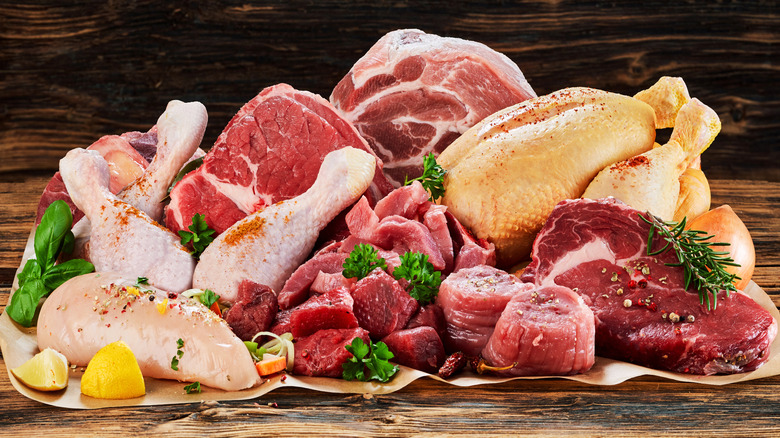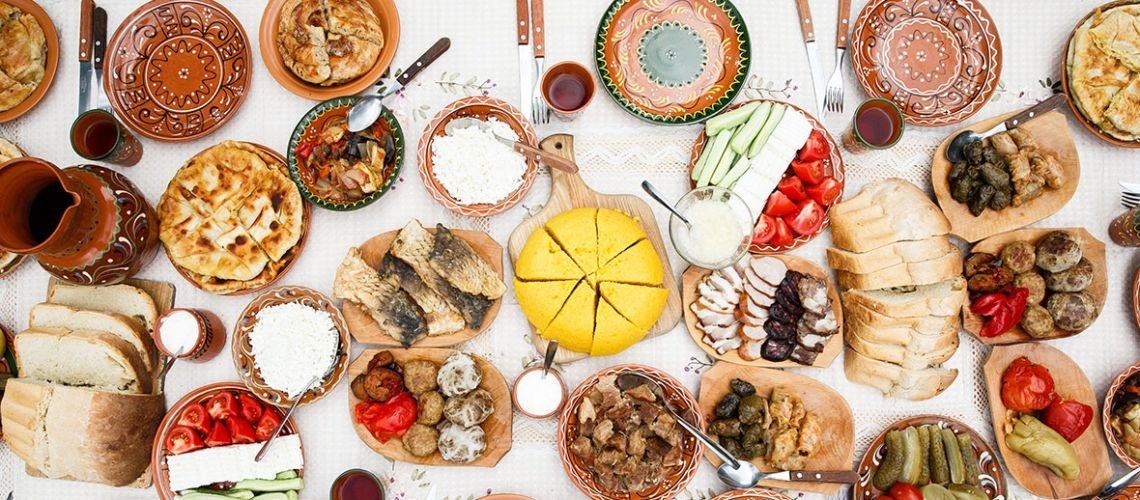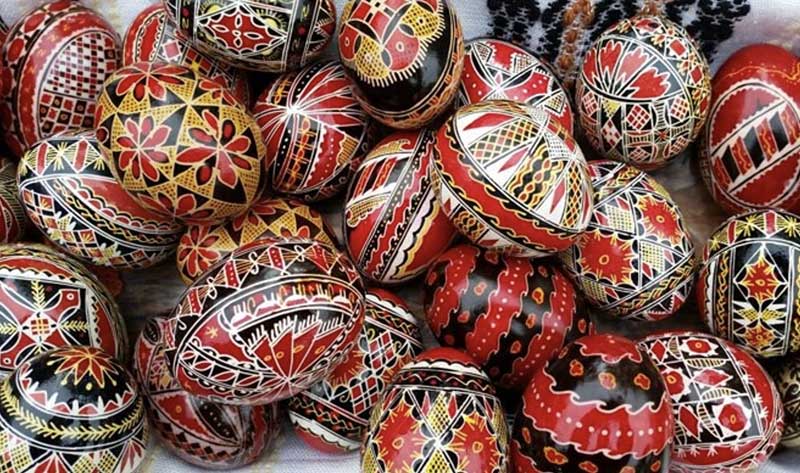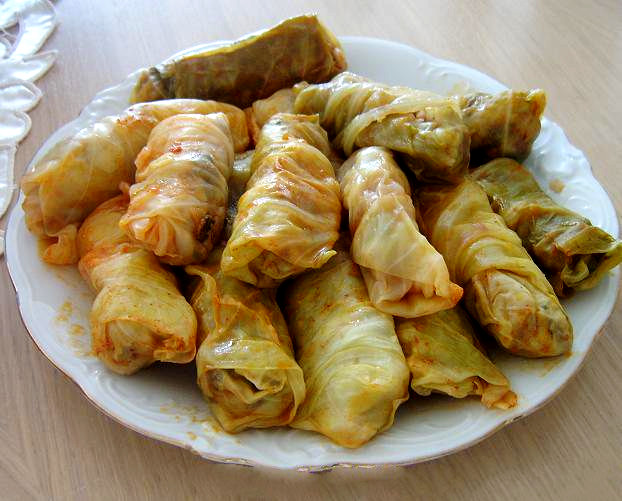In the United Kingdom, the most sold type of meat varies depending on factors such as consumer preferences, cultural influences, and dietary trends. Historically, beef and chicken have been among the most popular meats consumed in the UK, but recent trends show an increasing demand for poultry products.
- Chicken: Chicken is one of the most commonly consumed meats in the UK. It is versatile, relatively inexpensive, and widely available in various forms, including whole chickens, breasts, thighs, wings, and minced chicken. Chicken dishes such as roast chicken, chicken curry, and chicken stir-fry are popular choices among British consumers.
- Beef: Beef is another staple meat in the UK diet. British beef is known for its quality and flavor, and it is used in a variety of dishes, including roast beef, steak and kidney pie, beef stew, and burgers. Beef cuts such as sirloin, ribeye, and fillet are popular choices for grilling and roasting.
- Pork: Pork is also a commonly consumed meat in the UK. British pork is used in dishes such as roast pork, pork chops, sausages, and bacon. Pork products like ham, bacon, and sausages are breakfast staples in many British households.
- Lamb: Lamb is particularly popular in certain regions of the UK, especially in Wales and Scotland. Traditional British dishes such as roast lamb with mint sauce, shepherd’s pie, and lamb curry feature lamb as the main ingredient. Lamb is often enjoyed during festive occasions and holidays, such as Easter and Christmas.
- Processed Meats: Processed meats such as bacon, sausages, and ham are widely consumed in the UK and are commonly used in breakfast dishes, sandwiches, and cooked meals. While there is increasing awareness of the health risks associated with processed meats, they remain popular among British consumers.
Overall, chicken and beef are among the most sold types of meat in the UK, reflecting their versatility, affordability, and widespread availability. However, pork and lamb also hold significant importance in British cuisine, contributing to the diversity of meat consumption patterns in the UK.




